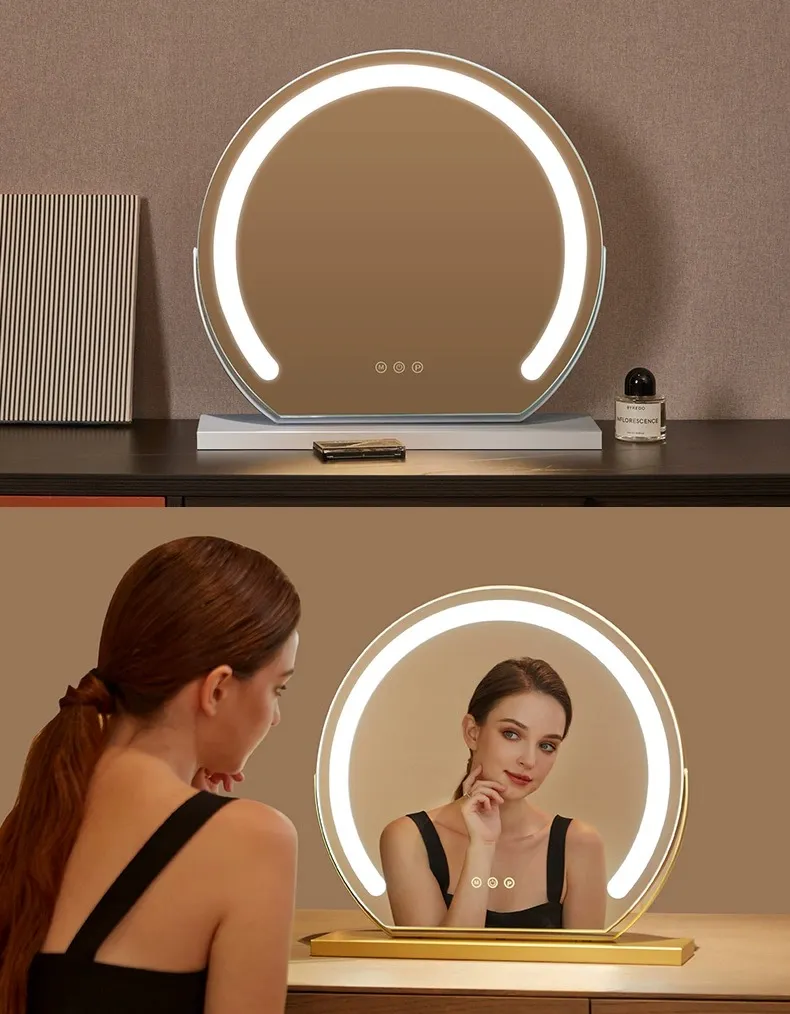

The Versatility of Green Float Glass An Overview
Green float glass, a popular choice in the construction and manufacturing industries, is a type of flat glass produced through the float glass process. This method involves pouring molten glass onto a bed of molten tin, allowing it to spread naturally and form a perfectly flat surface. The resulting product is a transparent, smooth sheet that boasts a distinct green tint, due to the iron content present in the raw materials used during production.
One of the most outstanding features of green float glass is its aesthetic appeal. The subtle green hue adds a touch of elegance to buildings, making it a preferred choice for both residential and commercial applications. Architects and designers often use green float glass in facades, windows, and interior partitions to achieve a modern and sleek look. Its ability to transmit natural light while providing a certain level of privacy makes it an attractive option for a variety of spaces.
In addition to its visual advantages, green float glass is also highly functional. It offers multiple benefits, including energy efficiency and UV protection. When used in double or triple glazing configurations, it enhances the insulation properties of a building, helping to reduce energy consumption and maintain comfortable indoor temperatures. Furthermore, green float glass can block a significant amount of harmful UV rays, protecting occupants and furnishings from fading and damage caused by sun exposure.

The durability of green float glass is another reason for its widespread use. It is resistant to weathering, scratching, and impact, making it suitable for various applications, including exterior installations. Its strength and longevity contribute to the overall sustainability of buildings, as it requires less frequent replacement compared to other materials.
Moreover, the manufacturing process of green float glass is increasingly becoming environmentally friendly. Many producers are adopting sustainable practices, such as recycling waste glass and using energy-efficient technologies, which reduce the carbon footprint associated with glass production.
In conclusion, green float glass is a versatile material that combines aesthetic beauty with functionality. Its unique properties make it an ideal choice for modern architecture, promoting energy efficiency, durability, and sustainability. As the demand for eco-friendly building materials continues to rise, green float glass is poised to play an essential role in the future of construction and design, appealing to both industry professionals and environmentally conscious consumers alike.